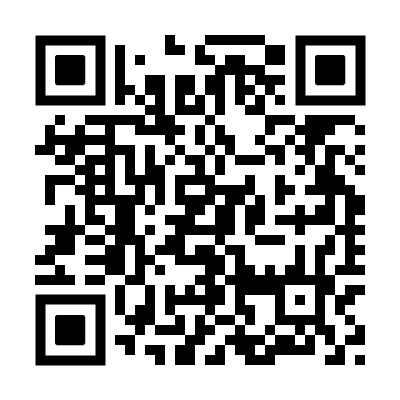What are the advantages and features of the power module
A power supply module is a power supply that can be directly mounted on a printed circuit board. ) and other digital or analog loads. Typically, such modules are called point-of-load (POL) power supply systems or point-of-use power supply systems (PUPS). Due to the many advantages of the modular structure, the modular power supply is widely used in switching equipment, access equipment, mobile communication, microwave communication, optical transmission, routers and other communication fields, as well as automotive electronics, aerospace and so on.
Especially in recent years, due to the rapid development of data services and the continuous promotion of distributed power supply systems, the growth rate of modular power supply has exceeded that of primary power supply. The module power supply has isolation function, strong anti-interference ability, and has its own protection function, which is convenient for integration. With the extensive use of semiconductor technology, packaging technology and high-frequency soft-switching, the power density of module power supply is increasing, the conversion efficiency is getting higher and higher, and the application is getting simpler and simpler.
Power module, also known as module power supply, mainly plays the role of voltage conversion and input and output isolation. It is a power supply module provided to equipment or machines to meet various input voltages required by equipment. Such modules can generally be divided into acdc and dcdc power modules, and of course there is one called dcac, which is what we call an inverter. Its principle is to convert a large input range or input unstable AC or DC into a DC voltage required by another design.
In the field of switching power supply technology, people are developing related power electronic devices and switching frequency conversion technology. , The direction of anti-interference development. The switching power supply can be divided into two categories: AC/DC and DC/DC. The power module DC/DC converter has been modularized, and the design technology and production process have been mature and standardized at home and abroad, and have been recognized by users. .
With its higher conversion efficiency, stable and durable performance characteristics, it can be applied to various harsh working environments, and it is convenient to use and easy to maintain. It is widely used in railways, communications, aerospace, military, ships, and electronic information. , electric power, new energy, industrial control, instrumentation, telecommunications, transportation vehicles and other fields. The electronic information industry, aerospace, new energy and other application fields are the industries that the state plans to encourage and encourage development, and are supported by national policies. In particular, it plays an irreplaceable and important role in the field of high reliability and high technology.
With the development of science and technology in recent decades, in the electronic design of power modules, users' requirements for electronic equipment are generally reflected in the following aspects: the performance needs to be more reliable; the function needs to be continuously increased; the use needs to be more convenient; the volume needs to be increasingly decrease.
From the perspective of the upstream industry technology development of modular power products, with the advancement of electronics, nanotechnology and new material technologies, as well as the needs of cutting-edge equipment and users, modular power supplies will continue to be miniaturized, systematic, chip-based, and highly integrated. , high precision, high performance, high reliability, high radiation resistance and low power consumption. Power modules are widely used in post and telecommunications, communications, electric power, coal mines, aerospace, military, monitoring systems, railway signals, medical equipment, instrumentation, display screens, automation control, cable TV and other fields

